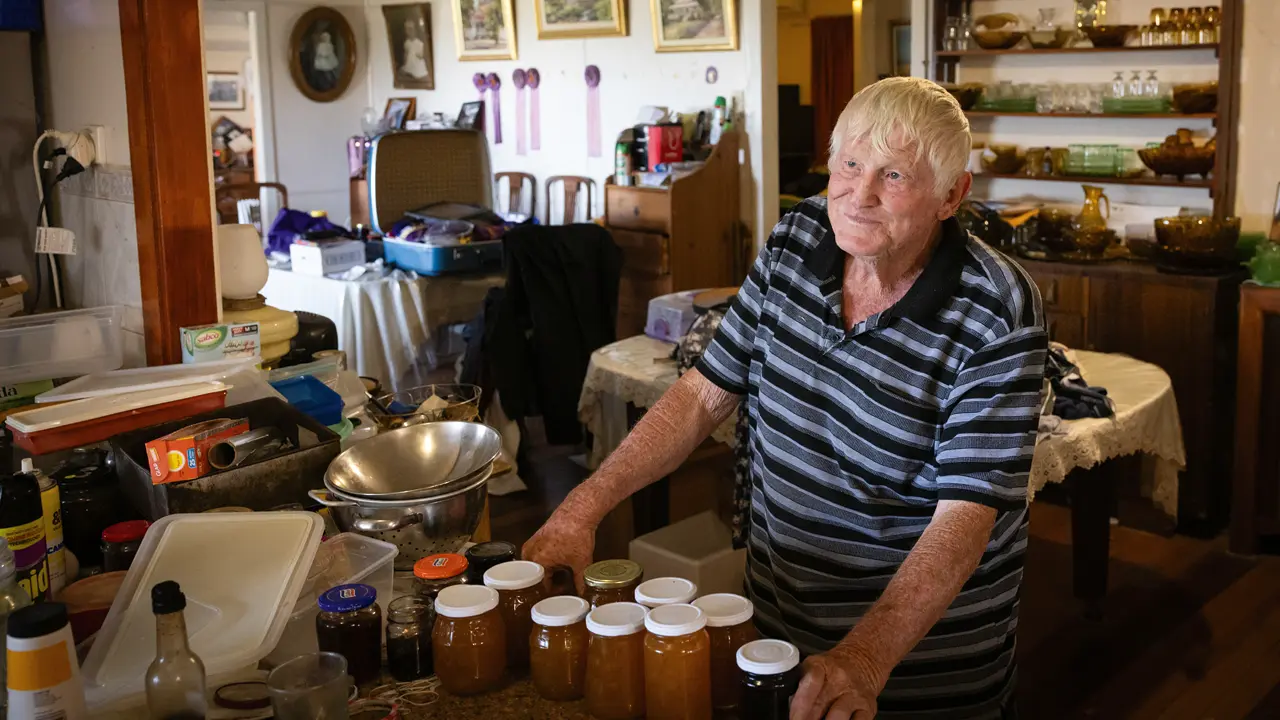Australia’s inland is on its way to recovery with increased production and exports in resources and agriculture, creating positive stories to be found just about everywhere.
Story By John Dunn
High up up along Cape York near Australia’s north-east tip, some 40 kilometres north of Cooktown where the Carroll Creek feeds into the Endeavour River, Esme Bowen from the Hopevale Aboriginal community is preparing an irrigation system that will nurture her colourful heliconias, which she hopes will find markets in the cities of the south. The heliconias are a striking decorative flower and Esme believes they will sell well. “I’ve grown a trial crop and they were popular in this area,” she says. “So I’ve decided to try and expand and develop a business of my own.”
Diagonally across the continent, down in the south-west of Western Australia, another small-scale operation in an entirely different field is also doing well. In the thickly forested area around Manjimup, black truffles are thriving to such an extent that the five local producers believe that their area will, within 10 years, overtake France as the world’s principal producer of the expensive delicacy.
Alan Nelson, from the Wine and Truffle Company, says conditions in the dark soil of this region are ideal for truffles, which grow under 13,000 specially planted hazel and oak trees and can be worth up to $3000 a kilogram, making them one of the world’s three most expensive foods along with caviar and saffron. People in this area looked for new ventures after the demise of logging in old-growth forests, which had long been its mainstay, and found one in this much sought-after fungi. Specially trained dogs led by the company’s Damon Boorman locate the truffles, which can vary in size from that of a golf ball to a melon.
At the top of the state, in the remote north-west, the east Kimberley has taken a step further towards realising its immense potential as a significant food bowl, not only for Australia but also for our populous Asian neighbours. Prime Minister Kevin Rudd went to the Ord River region mid last year to emphasise this and to deliver the financial support, which will enable additional agricultural development to proceed. Both the Federal and West Australian governments will spend some $400 million before the end of this year as the irrigated area doubles to 28,000 hectares concentrating on crops such as rice, sugar and cotton.
“This is one of the world’s great freshwater resources and clearly, one way or another, is going to play a more prominent role in Australia’s future,” State Premier Colin Barnett says. “Just as the Pilbara was critically important to the development of Western Australia from the ’60s, over the next 50 years the Kimberley will play a similar role.” The expansion project goes beyond agriculture and will include investments in infrastructure ranging from housing and education to improvements to Kununurra airport and the port of Wyndham.
This story excerpt is from Issue #69
Outback Magazine: Feb/Mar 2010









